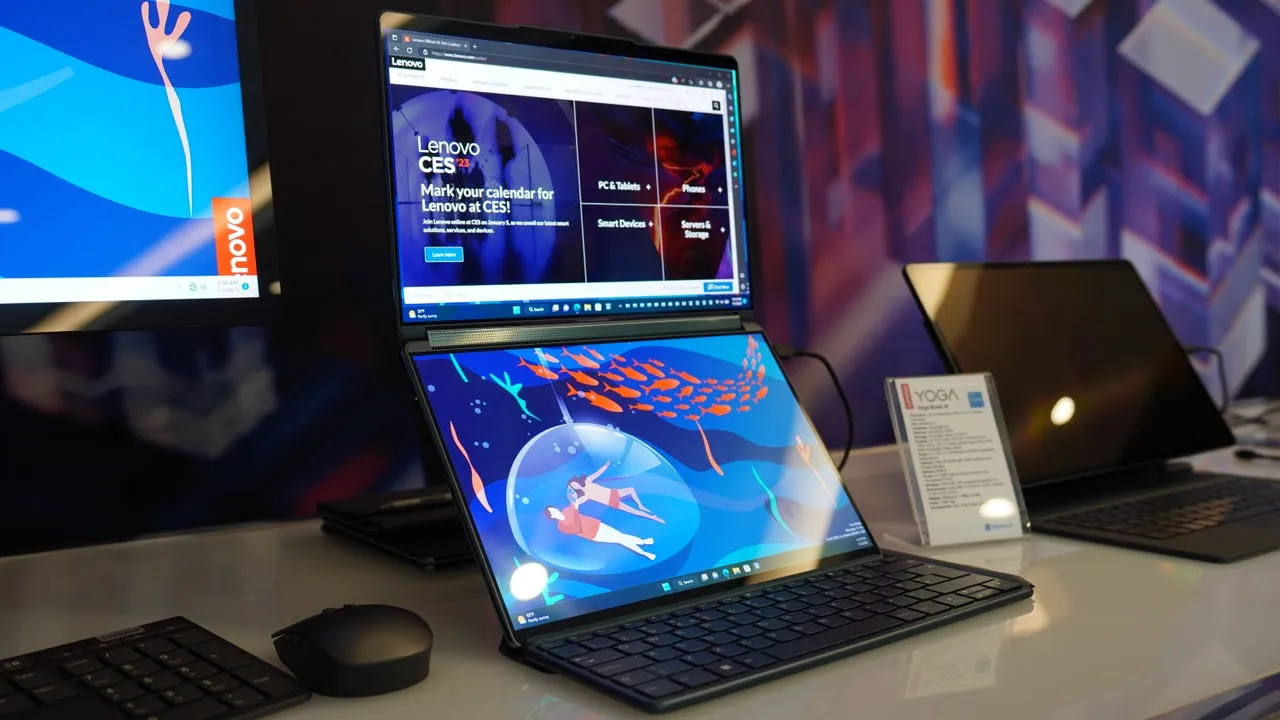
How to Dual Screen with a Laptop: Enhance Your Productivity
In today’s fast-paced digital world, multitasking has become a necessity rather than a luxury. Whether you’re a student, a professional, or a creative enthusiast, having the ability to expand your workspace can significantly boost your productivity. One effective way to achieve this is by utilizing the dual-screen feature with your laptop. In this comprehensive guide, we’ll explore the ins and outs of setting up and optimizing a dual-screen configuration, empowering you to make the most out of your laptop setup.
Understanding Dual Screen Setup
Before diving into the setup process, it’s essential to grasp the fundamentals of dual-screen functionality. Essentially, dual screening involves connecting an external monitor to your laptop, effectively extending your display area. This setup allows you to spread out your work across multiple screens, facilitating smoother workflow management and enhancing multitasking capabilities.
Related Post: How To Reset A Inspiron Dell Laptop
Compatibility and Requirements
Before embarking on your dual-screen journey, it’s crucial to ensure that your laptop supports external monitor connectivity. Most modern laptops come equipped with HDMI, DisplayPort, or USB-C ports, which facilitate seamless connection with external monitors. Additionally, check the specifications of your laptop to determine its maximum supported resolution and refresh rate, ensuring compatibility with your desired external monitor.
Setting Up Your Dual Screen Configuration
Setting up a dual-screen configuration is a straightforward process that can be accomplished in a few simple steps:
Check Out: How To Replace Ram On Laptop
- Connect the External Monitor: Begin by connecting your external monitor to your laptop using the appropriate cable (HDMI, DisplayPort, or USB-C).
- Configure Display Settings: Once connected, navigate to your laptop’s display settings. Here, you can customize various aspects of your dual-screen setup, including resolution, orientation, and display mode (extended or mirrored).
- Arrange Display Layout: Adjust the position and orientation of your external monitor to match your desired workspace layout. You can choose to position the external monitor to the left, right, above, or below your laptop screen, depending on your preferences.
- Optimize Display Scaling: Ensure that the scaling settings of both displays are configured appropriately to maintain visual consistency across screens. Adjust the scaling settings as needed to optimize readability and usability.
Maximizing Productivity with Dual Screens
Once your dual-screen configuration is up and running, it’s time to harness its full potential to enhance your productivity:
- Multitasking Efficiency: Utilize one screen for primary tasks such as document editing or coding, while using the other screen for reference materials, communication tools, or entertainment.
- Streamlined Workflow: Organize your workspace by dedicating each screen to specific workflows or projects, minimizing clutter and maximizing focus.
- Enhanced Collaboration: Dual screens facilitate seamless collaboration during group projects or presentations, allowing multiple users to view and interact with content simultaneously.
- Increased Screen Real Estate: Enjoy the luxury of expanded screen real estate, enabling you to view larger datasets, compare documents side by side, or engage in immersive gaming experiences.
FAQs (Frequently Asked Questions)
Q: Can I use dual screens with any laptop?
A: While most modern laptops support dual-screen functionality, it’s essential to check your laptop’s specifications to ensure compatibility with external monitors.
Related Post: How To Replace Laptop Hard Drive
Q: How do I switch between dual-screen modes?
A: You can easily switch between extended and mirrored display modes by accessing your laptop’s display settings and selecting the desired configuration.
Q: Can I connect multiple external monitors to my laptop?
A: Some laptops support multiple external monitor connections via additional ports or docking stations. Refer to your laptop’s specifications for detailed information on multi-monitor support.
Q: What are the benefits of using dual screens for gaming?
A: Dual screens offer enhanced immersion and multitasking capabilities for gaming enthusiasts, allowing for simultaneous gameplay and access to supplementary content such as chat windows or walkthrough guides.
In conclusion, integrating a dual-screen setup with your laptop can revolutionize your productivity and workflow management. By following the steps outlined in this guide and leveraging the power of dual screens, you can unlock new levels of efficiency and creativity in your daily endeavors. Embrace the possibilities of dual screening and elevate your digital experience to new heights.
Check Out: What Size Laptop For College
Related Post: How To Connect A Laptop To A Pc

